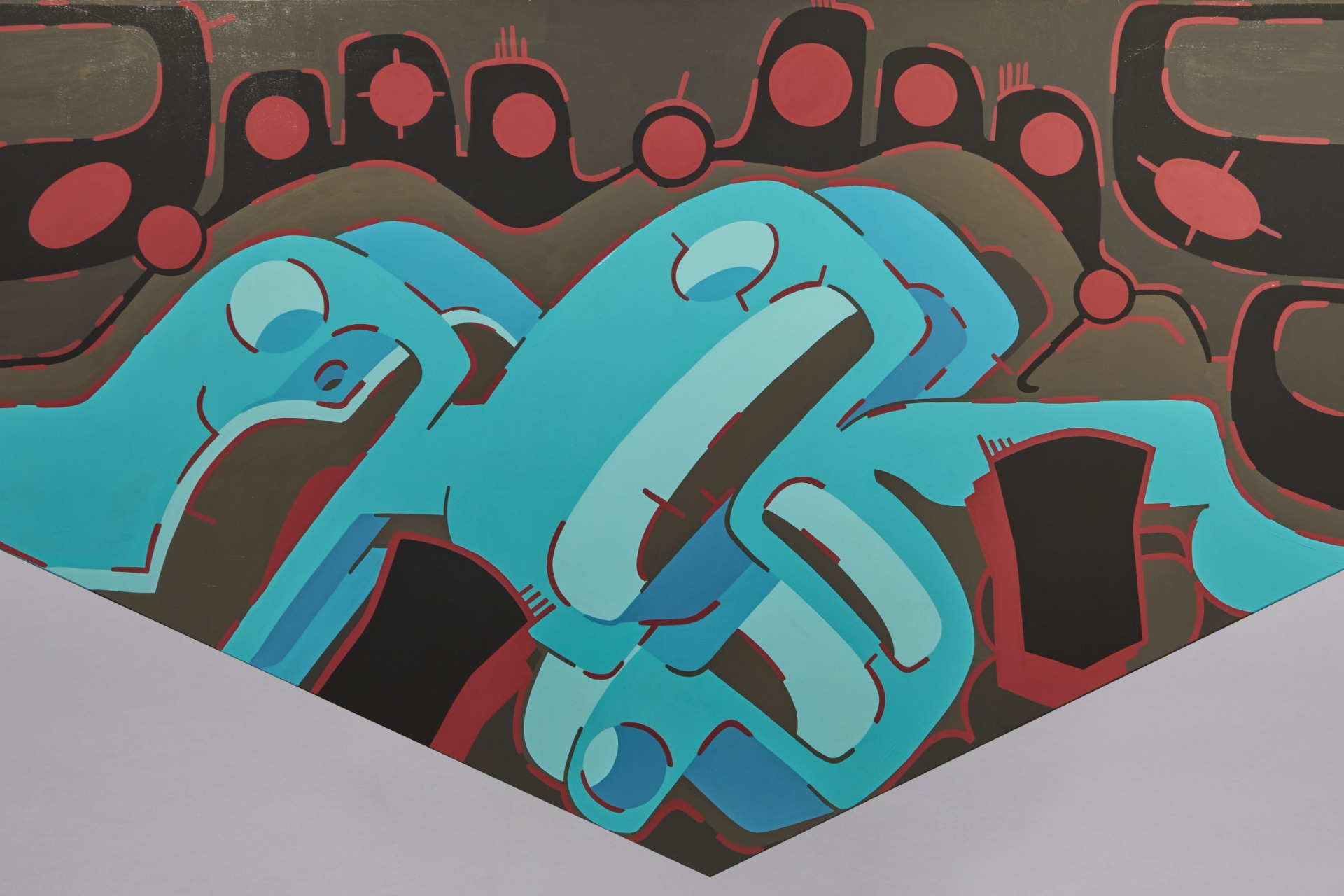Description
Among the most shameful””but hardest to track””of Native travellers to England are those who were not only sent against their will, but who then lived out their lives in Britain in bondage. As with George above, we mark their presence at the Buxton Memorial Fountain, in lieu of a memorial in London dedicated to slaves themselves (as of March 2021). Vaughan notes the major sources for these individuals is adverts for runaway slaves in the London Gazette, beginning with the 12-year old Mocho in 1675. He counts ten similar adverts in the 1680s, including John Newmoose who had absconded from Sir Thomas Sudbury’s house (with property), and a number in the late 1680s and 1690s referring to “Indian Blacks”””about whom we have to be cautious. While in some instances this appears to refer to mixed race individuals from the Caribbean, it is also a phrase used for people from the sub-continent (often but not always distinguished by the prefix “˜East’). It is difficult to distinguish here between those from the North, those from South America, and those from the islands. More research is needed in this area – particularly with regard to testimonials, wills, and other records. After Vaughan, we have focused this map point on the period between 1675 and 1694, but there were many captives and slaves in Britain before then and, undoubtedly, afterwards.
Bibliographic sources
Alden T. Vaughan, Transatlantic Encounters, 106-10.
